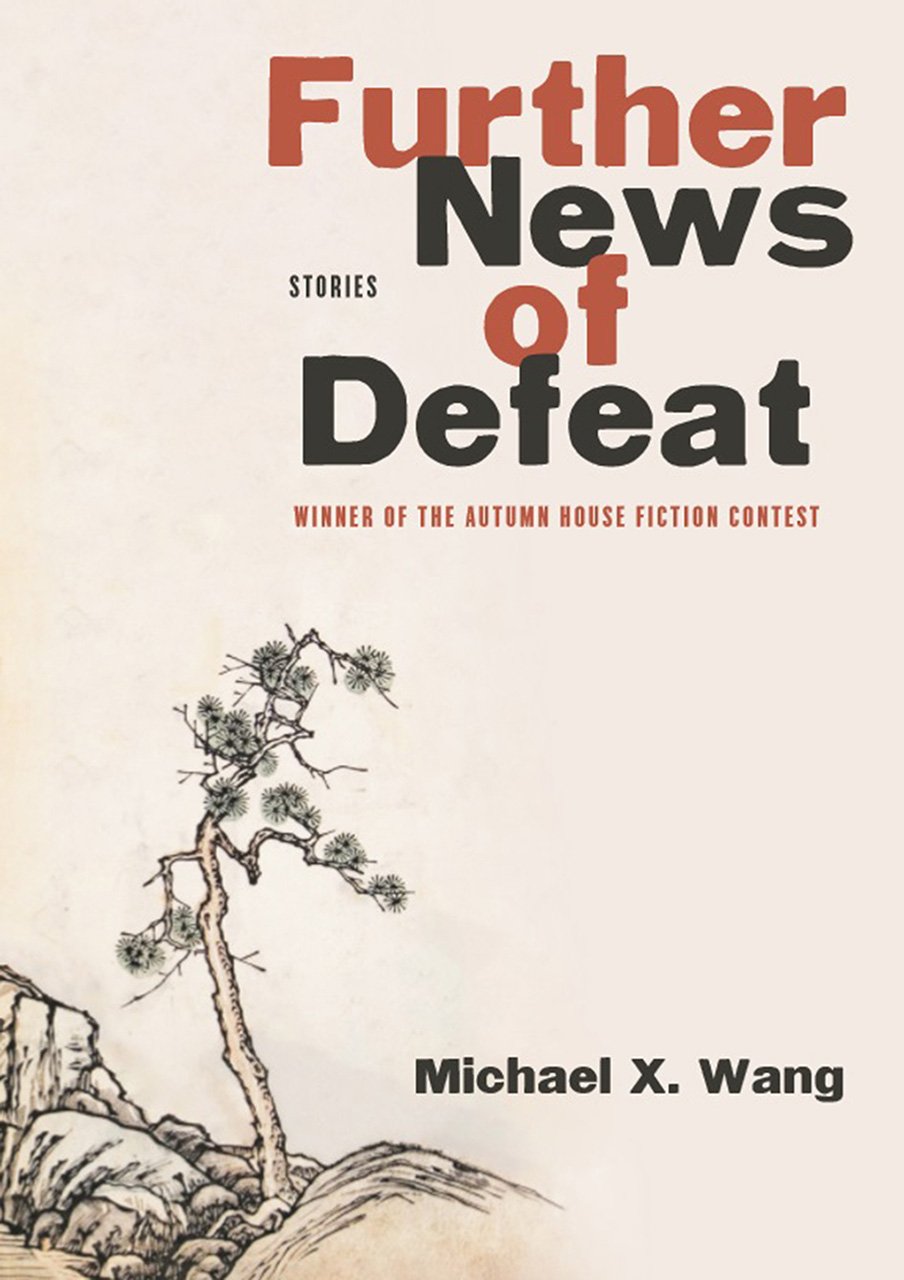SPOILERS AHEAD
There are many reasons to appreciate this memoir: the descriptions, the heart, the incorporation of Lakota culture and language. More than anything, this memoir feels like a collection of journal entries with added translations. The memoir is set up chronologically from when Red Shirt was a child through adolescence, teenagehood, and finally, adulthood. For each stage, Red Shirt reflects on how she was treated by her community based on her age, but also how she interacted with her own culture. In the first few chapters, Red Shirt is predominantly apathetic about Lakota language and culture, only to later participate in cultural practices later on that once bored her as a child (for example, the Sun Dance). These details function to show more than her relationship to her family and ancestors, it’s how the reader can follow her maturation into who she is currently.
Cyclicality, grief, and language are all recurring themes throughout the memoir. Even from the beginning chapter, “Bead on an Anthill,” the reader sees how reciprocity infiltrates all areas of Red Shirt’s life. She’s kind to the ants and in return, she is able to harvest beads that the carry back to their hill. Language can be wrapped up in a general “culture” theme, however, as a historically oral culture, it seems a bit too broad to do so. The Lakota language is slowly dying, which Red Shirt reflects upon when her grandfather passes, so Red Shirt’s use (and increased use as the narrative progresses, most seen in her “Waṡicuia ya he? Do you speak English?” chapter) and expansion of her own Lakota vocabulary extends beyond her. Red Shirt’s use of language in this book is a way to ensure that some Lakota language survives. Language also serves as a device to show the ironic “othering” that occurs with Indigenous populations. Though her ancestors have occupied these lands for centuries, she is often treated like an immigrant off the reservation, many of these moments are centered on communication. Speaking with accents, not having a full grasp of the English language going to school, not understanding English nuances (sarcasm, for example) are all ways Red Shirt looks at “belonging” in a neocolonial context.
Perhaps the most broad theme is one of grief. Red Shirt grieves for friends, immediate and extended family, land, culture, and language. Red Shirt also grieves for what she was never able to know, what was taken from her and her people before she was born. The aftermath of colonization permeates every pore of the narrative as she writes about life on the reservation, seeing sacred lands disgraced or claimed by the U.S. government, depression, isolation, and alcoholism (which leads to the death of her own sister). Red Shirt writes of an experience that relies on the idea of cyclicality to survive. The only way these things are not gone forever is when she is able to tie in the beliefs of cyclicality and reciprocity from her culture. It’s her honesty about loss and grief that makes the memoir have that “journal-y” feel.
While these language and cultural touchstones are pivotal to making the memoir work (not to mention core to Red Shirt’s being which is obviously important for a memoir), she tends to have a lot of moments that are repetitive. The effect of redefining the same words and phrases throughout the text (which is already quite short) is how it slows down the narrative to a crawl. I think that footnotes could have taken this memoir from a 3 out of 5 to a 4 out of 5 stars with ease. That being said, since it is a shorter memoir, it’s worth getting through the slow moments to see what Red Shirt has to share with her readers.






















